How to tie the Needle Knot
How to tie the Needle Knot?
Use case: fly line to leader
Alright, connecting fly line to leader... the Needle Knot's my usual go-to, mainly because it just holds, y'know? Like, I’ve had it save my bacon more times than I can count, especially on those days when the fish are being extra fussy and the current’s got a mean streak. I remember this one misty morning on the Deschutes, trying to land a stubborn brownie that kept diving under the rocks—my leader was this 4X fluorocarbon from that brand I won’t name (you know the one, the stuff that feels like it’s made of dental floss), and every other knot I tried just slipped. But the Needle Knot? Held like a champ, even when that fish decided to make a run for it downstream.
Now, it’s not the prettiest knot, I’ll admit. It’s kinda bulky, and if you’re using thicker leader material, it can feel like you’re threading a needle with mittens on. But that bulk? Somehow it sits nicer in the guides than, say, a nail knot, at least for me. And yeah, threading fine tippet can be a pain—cold, wet fingers don’t help, especially when you’re standing knee-deep in the Madison and the wind’s howling like it’s got a personal vendetta. But once it’s tied, it’s solid. No weird hinging, no sudden surprises when you’re mid-cast.
I think what most folks overlook is pre-wetting the line before you pull it tight. Dry, it’s like trying to tie a shoelace with buttered fingers—just doesn’t seat right. But give it a little lick or dunk it in the river, and suddenly it cinches down smooth as anything. And the feel of it... man, there’s something about how it transmits strikes. Not as crisp as, say, a loop-to-loop, but more direct than a blood knot, especially with those subtle takes on a size 16 Pheasant Tail nymph.
I’ve tried other knots, sure—the Albright, the double uni, all that jazz. But they always feel either too fiddly or too prone to slipping when you least expect it. The Needle Knot’s got this weird reliability to it, like an old truck that rattles but never quits. And hey, if it’s good enough for those spring creeks in the Driftless, where the trout are smarter than most people I know, it’s good enough for me.
Course, it’s not perfect. If you’re using super stiff fly line, it can be a bear to thread, and I’ve definitely cursed at it a time or two when my fingers were numb from cold. But then again, what knot doesn’t have its moments? At the end of the day, it’s the one I keep coming back to, especially when the fish are being picky and the water’s got that glassy, deceptive calm that means they’re gonna inspect every dang thing you throw at ’em.
And that’s usually how it goes for me anyway.
Mastering the Needle Knot involves threading and precise handling and it requires practice. But it provides a robust, smooth, and almost seamless line-to-leader connection.
Step 1

Step 2

Step 3

Step 4


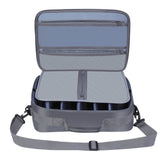
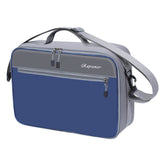
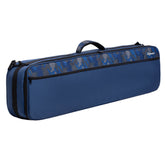

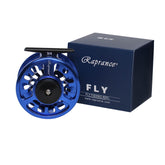
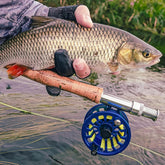
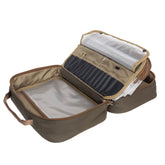
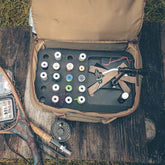
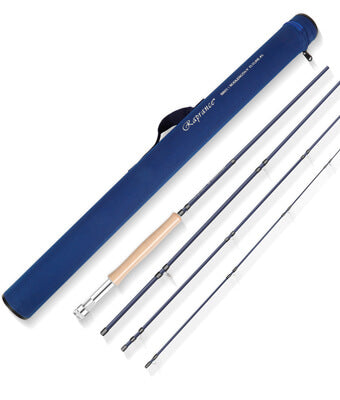


Leave a comment
Please note, comments need to be approved before they are published.